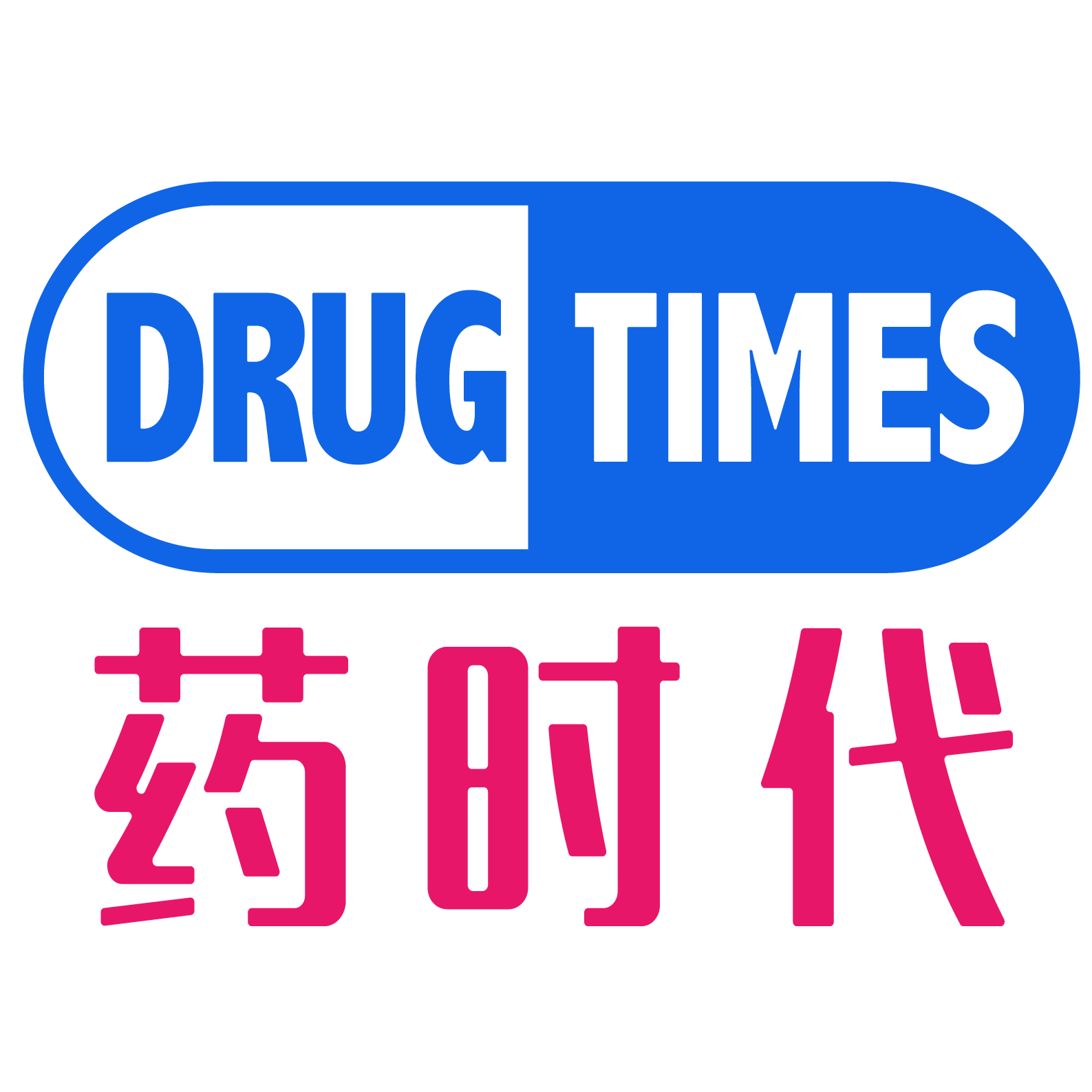
Following Trump’s statement that tariffs would be imposed on pharmaceuticals, a notice from the FDA once again brought a roller-coaster of excitement and anxiety to the biopharmaceutical industry.
On April 10, 2025, the FDA announced its plan to gradually replace the animal testing requirements for monoclonal antibodies and other drugs. Specifically, it aims to substitute animal testing with more effective and human-relevant testing methods. This move is intended to enhance drug safety, accelerate the evaluation process, reduce animal testing, and lower R&D costs, ultimately leading to the reduction of drug prices.
To elaborate, the more effective and human-relevant testing methods mentioned here specifically refer to AI-based toxicity and cell line computational models, as well as organoid-on-a-chip toxicity tests in the laboratory environment (so-called New Approach Methodologies, or NAMs data). According to the FDA press release, this approach will immediately be applied to Investigational New Drug (IND) applications.
After this news spread, the stock prices of numerous domestic and international companies focusing on AI toxicity prediction models, organoid-on-a-chip technology, and AI-based drug screening soared. Meanwhile, companies that rely on animal testing services for revenue, such as Charles River Laboratories, saw their stock prices plummet, with a single-day drop of 28.1%.
“Your honey is my poison.”
Clearly, this FDA notice is indeed triggering a paradigm shift in pharmaceutical R&D. The two different outcomes and trends caused by a single document reflect the collapse and reconstruction of the value chain under the changes of technological iteration and regulatory requirements. There is no doubt that as we witness some doors of opportunity gradually closing, many more new opportunities are also gradually emerging…
FDA’s New Policy: Not as Drastic as It Seems…
The FDA’s recent innovation in the direction of animal testing has been seen before two years ago.
On September 29, 2022, the U.S. Senate passed the FDA Modernization Act 2.0, which eliminated the federal mandate for animal testing of new drugs and generic drugs established in 1938, with the goal of significantly reducing the use of animal testing over the next few years.
At that time, this news was interpreted by some in China as the “federal authorization to eliminate animal testing for new drugs.” However, in reality, the act did not abolish animal testing altogether. Instead, it provided more alternatives to animal testing, including cell-based experiments, organ-on-a-chip and microphysiological systems, computational models, and other non-human or human biology-based testing methods, such as bioprinting, in addition to animal testing.
The reason why the FDA Modernization Act 2.0 did not completely eliminate animal testing is quite straightforward: alternative methods are still in the early stages of development, and animal testing remains a crucial component in nonclinical evaluation, which cannot be completely eliminated.
Nevertheless, the introduction of the new version of the act did bring about some new opportunities. For example, alternative methods to animal testing developed rapidly afterward. Meanwhile, due to the high cost and significant ethical pressure associated with primate (monkey) testing, and the lack of target cross-reactivity for many new types of antibody drugs (such as bispecific antibodies and ADCs) in traditional animal models, pharmaceutical companies began to turn to gene humanized mice for safety evaluation. This led to a surge in demand for gene humanized mice. According to data from Global Market Insights, within 12 months after the implementation of the act in 2023, global orders for gene humanized mice increased by 47% year-over-year. Companies with gene humanized mouse platforms entered a period of windfall. Some traditional animal testing CROs also seized the opportunity to accelerate the layout of gene humanized models and organoid-on-a-chip services, sparking a trend.
The FDA’s latest policy can be seen as an advanced version of the FDA Modernization Act 2.0. It further emphasizes the acceleration of the plan to gradually replace animal testing for safety evaluation, based on the previous foundation, and proposes some specific measures for advancement. The FDA’s detailed document also mentions: Currently, public opinion also shows strong support for this transformation. The latest surveys indicate that over 85% of both Democrats and Republicans agree that animal testing should be gradually replaced with more modern methods. Scientific progress and policy drive have jointly created a historic opportunity for the FDA to optimize drug development while establishing a roadmap to reduce animal testing.
Judging from the specific wording used here, the complete replacement of animal testing is still a very long-term goal.
Where Are the Opportunities Amidst the Change?
From the short-term performance in the stock market, the release of the FDA’s new policy has clearly brought a wave of favorable market conditions to companies focusing on AI toxicity prediction models, organoid-on-a-chip technology, and AI-based drug screening.
However, to what extent have the current alternative methods progressed? How far are we from complete replacement?
According to the FDA documents, the core of this change lies in the so-called “New Approach Methodologies” (NAMs) data. The FDA has stated that it will immediately encourage the use of NAMs data in the Investigational New Drug (IND) application phase, with the hope of using it to “reduce, optimize, and even replace” traditional animal testing in the future. Additionally, the FDA plans to launch a pilot project within the next year, allowing some monoclonal antibody developers to adopt non-animal testing strategies, and to formulate broader policy updates based on the research results of this project.
However, a key fact that needs to be clarified is that currently, there is no method in the field of biomedical research and drug development that can completely replace animal models. Matthew Bailey, President of the National Association for Biomedical Research (NABR), said: Although AI can indeed accelerate many research processes, it mainly relies on existing data resources. Those unknown variables may pose the greatest risk to patients. Therefore, the areas in which AI can serve as a substitute for the entire organism still need to be rigorously verified.
Nevertheless, it can be anticipated that with the FDA’s increased efforts to promote the new policy, some high-potential areas, such as the safety evaluation of monoclonal antibodies (especially molecules where “no monkeys are available”), will prioritize the shift to organoids/AI. However, complex toxicity testing (such as that involving the nervous and immune systems) will still require animal testing.
Dr. Makary summarized: For patients, this means that new therapies will come to market faster and more efficiently; for animal welfare, this could be an important step towards gradually replacing the use of experimental animals. As these new methods develop, thousands of animals (including dogs and primates) are expected to be spared from experimental fates.
Drug safety evaluation experiments are poised for a revolutionary change, but given the complexity of diseases, efficacy testing will still largely rely on animal experiments. With the FDA simplifying preclinical safety evaluation requirements, drug development companies are expected to save a significant amount of time and money, which will likely lead to more resources being invested in the development of new pipelines. This, in turn, will increase the demand for gene humanized mice and efficacy testing.
Overall, the FDA’s new policy is not a blanket “ban” on animal testing, but a more pragmatic reform attempt. The signal it sends is a subtle shift in regulatory logic—future drug development will place greater emphasis on the balance between efficiency, ethics, and scientific rigor. The FDA’s new policy represents both change and opportunity. The demand for gene humanized mouse platforms to scientifically and efficiently empower efficacy evaluation is expected to surge. For all stakeholders in the industry chain, the ability to perceive trends and act in accordance with them at this critical juncture of change is essential to proactively embrace the new opportunities of the next decade.
For more reports, please follow DrugTimes. Many thanks!
【Editor’s note】The above content (~7400 words) is a quick translation of a Chinese article (posted on 2025-04-14) by DrugTimes team. To read the original article, please click here. All comments are warmly welcome. Many thanks!
发布者:DrugTimes001,转载请首先联系contact@drugtimes.cn获得授权

 为好文打赏 支持药时代 共创新未来!
为好文打赏 支持药时代 共创新未来! 